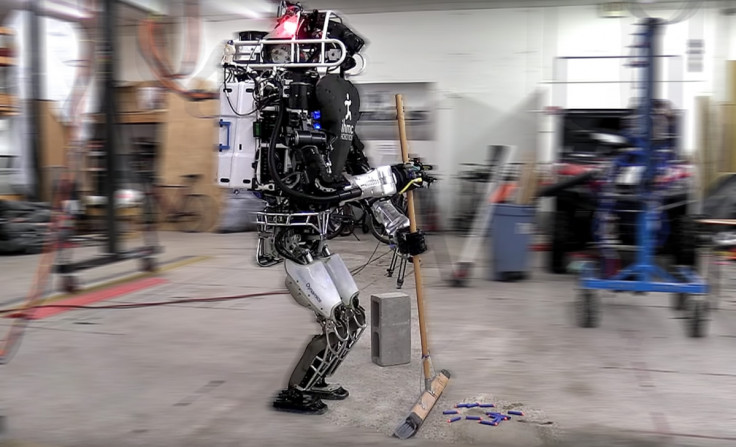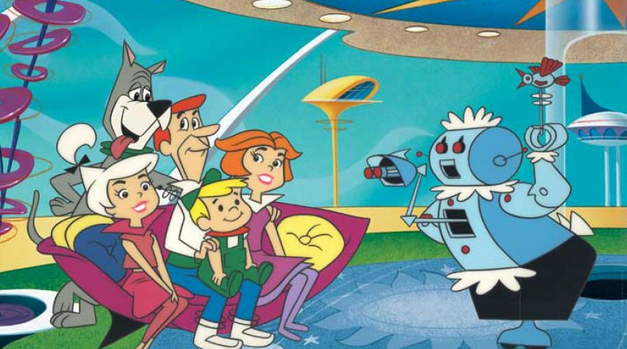Robot maid: Watch Boston Dynamics' humanoid Atlas robot perform household chores

Have you always dreamed of the day that you could have a robot maid like Rosie in the Jetsons to clean up after you? Well, in the not-too-distant future this could be possible, as researchers have succeeded in programming the humanoid robot Atlas to perform such tasks.
Atlas is a bipedal robot with two legs and two arms that resembles a human. It was built by Boston Dynamic and received software developed by Florida's Institute for Human and Machine Cognition (IHMC) that enabled it to take second place in the (Defense Advanced Research Projects Agency) DARPA Robotics Challenge – a two-and-a-half-year-long competition funded by the US military's research arm that ended in June 2015.
The competition was designed to encourage researchers to build better robots that could be capable of autonomously carrying out missions during natural disasters and emergency situations. The IHMC researchers developed a computer algorithm that enabled Atlas to run outdoors over uneven terrain and even handle rocky terrain.
Imagine a robot maid to clean up after you
But now the researchers have achieved a feat possibly even more impressive – they have managed to get Atlas to perform a whole range of household tasks, such as hoovering the floor, sweeping with a broom, moving boxes around, folding a ladder up and even bending down and picking up rubbish, then standing up and tossing the rubbish into a bin.
Similar to the DARPA Robotics Challenge, Atlas is not yet able to run fully autonomously, which means that a human needs to be sitting at the controls to help the robot along, using the control system and user interface (UI) developed by IHMC Robotics.
Whenever the researchers want to change something in the software by updating the code, they have to get Atlas to run the same tasks it learned during the DARPA Robotics Challenge again and again. That gets old, so instead the researchers decided to get the robot to perform a range of different tasks to help them test the code is working properly.
IHMC robot operator John Carff told IEEE Spectrum that Atlas and the human have to work together to figure out how to perform each task, and it isn't as simple as just pressing a button to get the robot to do your bidding.
Today, robots and humans still need to work together

"I'm not simply sitting there with a joystick teleoperating the robot: I tell the robot through the UI that I want to grab a bottle off the table by clicking the bottle, and making sure that the resulting hand is in the correct place. Then the robot tells me how it's going to move its entire body to reach that location, through a preview in the UI," he said.
"If I'm OK with the plan the robot has come up with, I tell it to execute that motion. In the future, I can see a lot of what was done in this video moving more to the autonomous side, but I always see there being a human in the loop."
According to Carff, the researchers had to change their ways of thinking and try to figure out how a robot would best complete a task that a human would do almost without thinking. Other than that, Atlas was pretty successful at completing each tasks, with the minor exception of accidentally blowing a fuse that killed all the equipment the very first time it tried to turn on the vacuum cleaner, which is easily done.
Unfortunately, IHMC's aim isn't to develop the next robot maid just yet, and all the tasks shown in the above video have been sped up 20 times, meaning that the actual time taken to perform each task was a lot longer. But it's still interesting to see what is possible for robots and artificial intelligence at present.
© Copyright IBTimes 2025. All rights reserved.





















